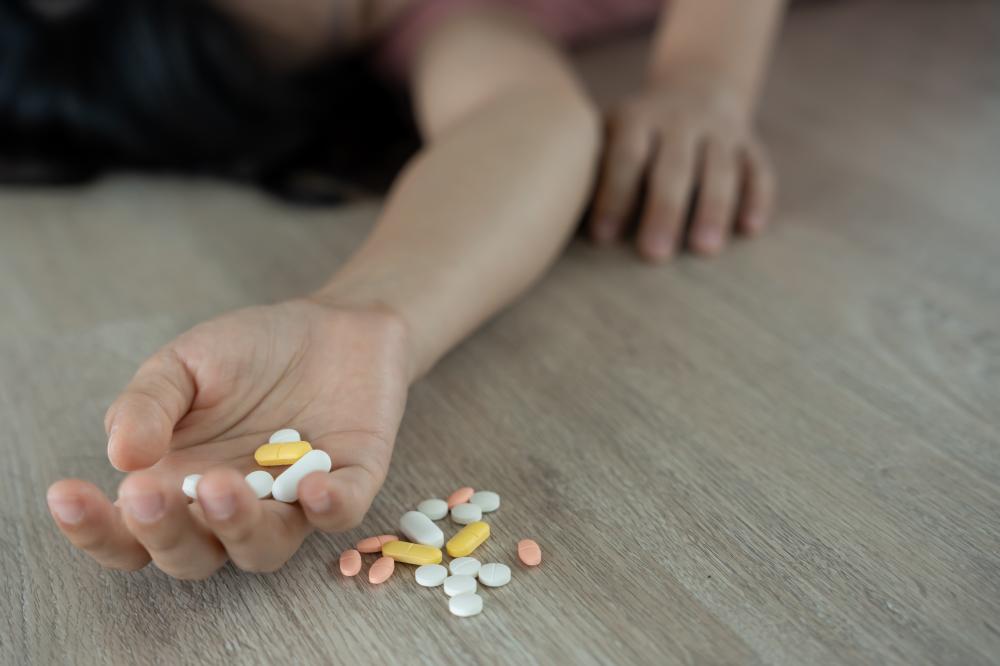
Exploring Opioid Addiction Treatment Options
Opioid addiction is a multifaceted challenge, requiring diverse treatment approaches. The most effective strategies are comprehensive and tailored to individual needs. At Solace Treatment Center, we understand the nuances of opioid addiction, providing evidence-based care through a spectrum of services. Our team has over two decades of experience, ensuring patients receive the most appropriate interventions.
Medication-assisted treatment (MAT) is a cornerstone of opioid addiction treatment, integrating medications like buprenorphine and methadone with counseling and behavioral therapies. This approach helps by reducing withdrawal symptoms and cravings, allowing patients to focus on recovery. Each medication has distinct benefits and indications, and choosing the right one depends on several factors, including medical history and personal preferences.
Personal Experiences in Opioid Addiction Treatment
Having worked with countless individuals at Solace Treatment Center, I’ve witnessed firsthand the transformative power of tailored opioid addiction treatment. One memorable case involved a young veteran grappling with PTSD and opioid dependency. Through a combination of therapy, group support, and MAT, they’ve regained control over their life, illustrating the profound impact of individualized care.
Another inspiring story is that of a single mother who feared losing custody of her children due to her addiction. With personalized treatment, she not only overcame her dependency but also became an advocate, helping others navigate their recovery journeys. Such narratives emphasize the potential for positive change when comprehensive treatment is applied.
Steps to Seek Opioid Addiction Treatment
- Recognize the need for help and acknowledge the problem.
- Consult with a healthcare professional specializing in addiction treatment.
- Explore various treatment center options and their offerings.
- Choose a facility with a proven track record and evidence-based approaches.
- Engage in the therapy process, maintaining open communication with your treatment team.
Following these steps can significantly increase the chances of successful recovery, empowering individuals to rebuild their lives with the support of experts and peers.
What Qualifies as an Opioid Addiction Treatment Emergency?
An opioid addiction treatment emergency typically involves situations where there is significant risk of overdose or severe withdrawal symptoms. Immediate medical intervention may be necessary if someone experiences extreme agitation, hallucinations, or irregular heartbeats during withdrawal.
If a loved one is inconsistent with their medication regimen, or if there are signs of a potential overdose, such as difficulty breathing or loss of consciousness, seek emergency help promptly. It’s crucial to act quickly in these circumstances to prevent life-threatening consequences.
Addressing Common Misconceptions About Opioid Addiction Treatment
One major myth about opioid addiction treatment is that medications substitute one addiction for another. However, medications like methadone and buprenorphine are essential in stabilizing patients, reducing illegal opioid use, and improving overall health. Studies show that patients engaged in MAT are more likely to remain in treatment and have reduced mortality rates.
Another misconception is that recovery should be quick. Opioid addiction is a chronic disease, and treatment takes time, patience, and persistence. Each individual’s path to recovery is unique, and expecting immediate results can set unrealistic standards, leading to discouragement.
- Methadone: Used in controlled settings, available at opioid treatment programs.
- Buprenorphine: Can be prescribed by certified doctors, offering flexible use.
- Naltrexone: Blocks opioid effects; requires abstinence before administration.
Innovative Approaches in Opioid Addiction Treatment
Emerging technologies and techniques are broadening the horizon of opioid addiction treatment. Telemedicine, for example, has enhanced access to care, especially in remote areas. By offering virtual consultations and therapy sessions, patients can receive continuous support, minimizing interruptions in their treatment journey.
Additionally, holistic therapies such as mindfulness, art therapy, and yoga are increasingly integrated into treatment plans. These practices can enhance traditional methods, providing comprehensive care that addresses both physical and psychological aspects of recovery. We’ve seen encouraging results when these innovative approaches complement traditional medical treatments.
At Solace Treatment Center, exploring such advancements allows us to offer cutting-edge care, ensuring our clients receive the best possible outcomes. By evolving with industry trends, we remain committed to excellence in opioid addiction treatment.
What are the common treatments for Opioid Addiction?
At Solace Treatment Center, we believe in a comprehensive approach to treating opioid addiction, tailored to each individual. Treatments often include Medication-Assisted Treatment (MAT) with medications such as buprenorphine, methadone, and naltrexone. These medications help manage withdrawal symptoms and reduce cravings, allowing patients to focus on recovery. Imagine a tool that helps stabilize a chaotic environment, giving you the peace to sort things out. Coupled with behavioral therapies and support groups, this integrated approach enhances the chances of a successful recovery. It’s crucial to align the treatment with the individual’s medical history and personal preferences.
What qualifies as an opioid addiction treatment emergency?
An opioid addiction treatment emergency often arises when there is a significant risk of overdose or severe withdrawal symptoms that could be life-threatening. At Solace Treatment Center, we emphasize the importance of immediate medical intervention in cases of extreme agitation, hallucinations, or irregular heartbeats during withdrawal. For example, if a loved one shows signs of a potential overdose, such as difficulty breathing or loss of consciousness, it’s critical to seek emergency help promptly. Quick action can prevent life-threatening consequences, so knowing the signs and staying proactive is essential.
How does personal experience influence treatment outcomes?
Personal experiences significantly impact treatment outcomes, as no two recovery journeys are alike. Take the story of a veteran at Solace Treatment Center coping with PTSD and opioid dependency. Through individualized care combining therapy and medication, the veteran achieved sobriety and regained control of their life. Such narratives highlight the power of personalized treatment. When individuals feel understood and supported in a way that resonates with their unique experiences, it fosters a deeper commitment to the recovery process. This reaffirms the importance of tailoring treatment to fit personal histories and challenges.
Are there common misconceptions about opioid addiction treatment?
Absolutely, there are several misconceptions about opioid addiction treatment that we often encounter at Solace Treatment Center. A common myth is that medications like methadone and buprenorphine merely replace one addiction with another. In reality, these medications are instrumental in stabilizing patients, reducing illegal opioid use, and improving overall health. Another fallacy is the expectation of rapid recovery, whereas opioid addiction treatment is a long-term endeavor requiring persistence and patience. Understanding these misconceptions can help align expectations and promote a more constructive approach to treatment.
What steps should be taken to seek opioid addiction treatment?
The journey to recovery begins with acknowledgment. At Solace Treatment Center, we guide individuals through essential steps: recognizing the need for help, consulting healthcare professionals specializing in addiction, exploring different treatment centers, and selecting one with a proven track record. Engaging openly in therapy and maintaining a transparent relationship with the treatment team are also key components. These steps can significantly empower individuals, boosting their confidence in rebuilding their lives. Imagine it as plotting a course on a map, ensuring you have the best route and tools for the journey ahead.
What are innovative approaches in opioid addiction treatment?
Innovation in opioid addiction treatment extends beyond traditional methods. At Solace Treatment Center, we’ve integrated technologies like telemedicine, increasing access to care, especially for those in remote areas. This tool offers continuous support, reducing treatment interruptions. Additionally, holistic therapies like mindfulness, yoga, and art therapy complement traditional practices, addressing both mental and physical recovery aspects. These innovative approaches provide a broader spectrum of care, ensuring that treatment is as effective as it is comprehensive. As the landscape of treatment evolves, embracing these advancements is essential for optimal recovery outcomes.
How can someone contact for help with opioid addiction?
For those seeking help with opioid addiction, reaching out is a courageous first step. You can contact the National Helpline at 1-800-662-HELP (4357), a toll-free, confidential resource available 24/7 for individuals facing substance use disorders. At Solace Treatment Center, we also welcome inquiries to discuss our tailored treatment options. Reach out to us, and together, we’ll explore pathways to recovery, ensuring you receive the support and care needed. Remember, seeking help is a strength, and resources are available to guide you through the process.




